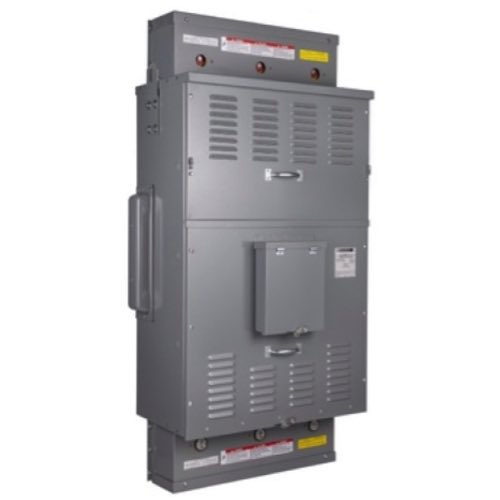Schneider Electric Group Metering

Schneider Electric group metering solutions are meant for efficient and effective electrical distribution management in various types of buildings, including multi-family residential and commercial structures. Their device called "EZ Meter-Pak" is a meter center that can be installed where space is at a premium. Despite the small footprint, the EZ Meter-Pak can integrate up to six meter sockets—and often three-phase meters too—into a single enclosure that has a streamlined installation process.
The EZ Meter-Pak series is recognized for its diversity and dependability, with numerous configurations to satisfy an array of project demands. They can accommodate both ring and ringless meter sockets, with alternatives for horn bypass, which guarantees that they meet a spectrum of utility standards. What’s more, these electric meter centers can be installed in just about any indoor or outdoor setting, so they really do fit in across a tremendous variety of applications.
How to Use a Multimeter
Measuring AC Voltage
Set the dial to the AC voltage symbol and plug the red probe into the voltage port. Place the red probe into the hot terminal block and the black probe into the neutral terminal block. Make sure the probes are fully seated to something that can conduct electricity, like the screws on the terminal blocks. The measurement is taken in parallel with the load.
Measuring DC Voltage
Set the dial to the DC voltage symbol and leave the probe in the same port as it was for the AC voltage measurement. Place the red probe to DC positive and the black probe to DC negative. The measurement is taken in parallel with the load.
Measuring Current or Amperage
Set the dial to either milliamps or amps. Move the red probe to the DC amp port. The multimeter is now set to measure DC current. Remove the wire that is sending power to the load and place one probe on one end and the other probe on the other, to complete the circuit, allowing power to bypass the load. The meter will break the circuit and measure the current in series with the voltage source. This allows the meter to measure the current that is going to the load.
Measuring resistance
Make sure that the load is disconnected from the electrical circuit, otherwise, the resistance measurement will not be accurate. Set the dial to the ohm symbol and place the red probe into the voltage port. Place one probe on one conductor and the other probe on the other. Take the reading.
Measuring Continuity
Meter settings stay the same as previous measurements, with the addition of pressing the audible button. Place the probes anywhere on the electrical circuit. An audible tone will sound if there is a continuous, point to point connection. If there is no sound, there is break in the electrical connection, possibly caused by broken or frayed wires.

